Salonee Gadgil
Director, Head of Digital
Read more


In 2024, two billion people across 50 countries will be heading to the polls. Among these 50 are three of the world’s biggest democracies, India, the United States, and the United Kingdom. This makes it the biggest election year in history. It is also the first big election year since AI tools have made their way from the safety of labs, and into the hands of the public. Digital political campaigning is about to get even more interesting.
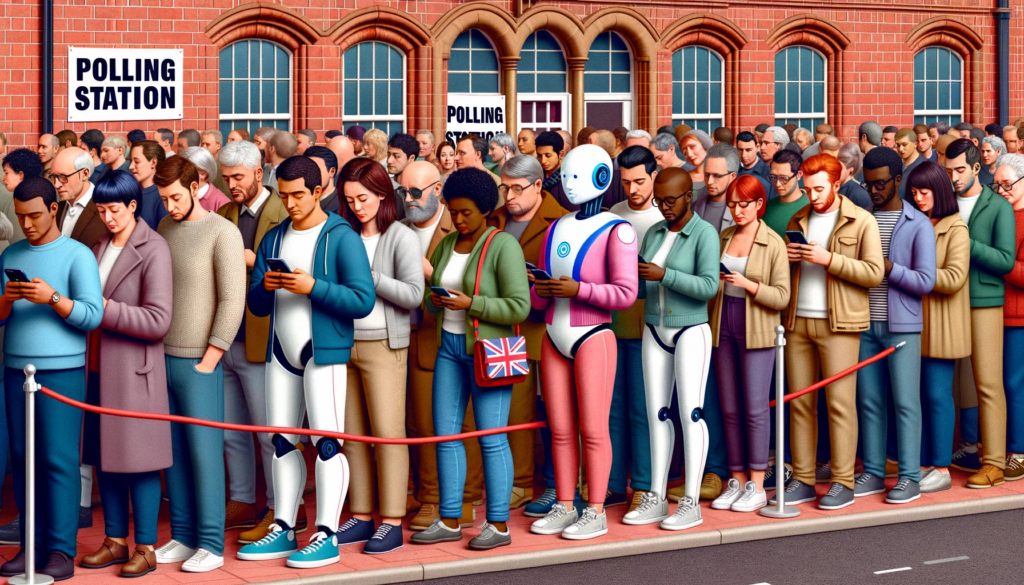
Image of people and robots queuing up to vote in the UK General Elections 2024, created on DALL-E #AIGenerated
A decade of data wars.
It’s hard to remember a time when social media didn’t have on-platform advertising. In 2007 Facebook introduced its ad platform, but it wasn’t until after the 2016 US election that the platform took steps towards transparency. This cornerstone US election played out on social media and sparked some important ethical debates about digital campaigning, data privacy and transparency. For a whole 10 years, from 2007 to 2017, there were very few ways to tell if something was an ad, and who was running the ad.
Then, in 2018, the Cambridge Analytica scandal came to light, and the world became very aware of three things. Firstly, that Facebook was holding more data on users than the public realised; data which these users unknowingly gave away. Secondly, that algorithms fed on using data to polarise communities, urging the left to lean more left, and the right to lean more right. And thirdly, that there were ways in which this Facebook data could be extracted off platform, to be used by third parties.
A new era of responsible advertising
Post Cambridge Analytica, the rules began to tighten further. With public pressure and suspicion mounting, Facebook, Twitter, and other platforms began to restrict ad targeting and started becoming more transparent. You now need a government authorised ID to run any ads associated with political parties or government affiliated organisations. These are flagged on most platforms, with ads marked as ‘sponsored’. In addition, as per Facebook’s rules, political ads cannot target people based on their gender, ethnicity, race, household income or spending habits; with ad targeting restricted to basic geographic and language criteria.
There’s even a handy library of every single ad being run on Facebook; launched by the platform in 2018 in a bid to increase transparency. Anyone with a Facebook account can access this library and see just what ads are being run by whom. So if you are curious about the latest ads run by the Tory party, all you have to do is head over to Facebook’s extensive Ad Library to have a browse. If you look closely, you can even see how much was spent on each ad. Digital marketers everywhere, including at Hawthorn, absolutely love this tool. It levels the playing field for all competitors involved in a race.
It’s important to note that many of these restrictions and transparency protocols were not in place the last time the UK held general elections. We might now have more rules around who ads can target, but what about the content of the ads themselves?
A new agent of chaos
Generative AI tools like ChatGPT and Midjourney have ushered in an era of content creation that blurs the lines between human and machine-generated material. These tools can generate text, images, and even videos, and voice clones that are increasingly difficult to distinguish from authentic content. While bringing with them great creative potential, these tools come with an extraordinary power to manipulate and misinform. Just last week, the World Economic Forum put out its annual Global Risk Report which listed AI-generated misinformation and disinformation as the biggest threat of the year.
Firstly, we’re seeing a lot more deepfakes – remember that fake audio clip of Kier Starmer yelling at a staffer? And consequently, knowledge of their circulation makes the public ever more sceptical. So even authentic content is treated by the public with suspicion.
These technologies aren’t just being used to subvert democracy. In a case that hit the headlines last year, Pakistani political party Pakistan Tehreek-e-Insaf (PTI) used AI to clone the voice of former party leader Imran Khan. While Khan was locked up in prison unable to campaign for PTI, his AI-generated voice rallied the troops anyway, encouraging them to head out and vote for PTI, reaching 4.5 million people on social media. Many knew it wasn’t him speaking, the tech isn’t that good just yet, but his voice managed to deliver a message and found a clever loophole around a government issued gag order.
Governments and international bodies have begun to address the threat that AI-driven disinformation and misinformation can pose; but things are moving slowly. The European Union has reached a deal on AI regulation, albeit with implementation scheduled for 2025. The UK Government has been cautious about stifling AI innovation but has acknowledged the need for regulation of AI, and, as of now, there are no rules in place about flagging or restricting machine generated content. President Biden unveiled proposals in October 2023, including mandatory watermarking of AI-generated content.
Clearly regulation hasn’t quite caught with the new agent of chaos. But tech companies have been quicker to act this time around. Both Google and Facebook unveiled new platform rules that will require political ads to carry a label when they have been generated using an AI tool.
Who really wins?
In 2019, it was estimated that just under £9 million was spent by political parties in the UK on Google and Facebook, with just over £6 million on Facebook alone. Despite ad targeting being more regulated this time around, we can expect spending to be even higher. Last time, national party spending was capped at £30,000 per constituency during the short campaign i.e., if a party was contesting a seat in all 230 constituencies, they had £6.9 million to spend. This has now been increased to £54,010. For context, total campaign spending could go from £19 million to £34 million – a 78% increase.
If the same percentage was spent on digital advertising, Facebook and Google could come away with a cool £15 million from the UK alone – making them the real election winners, along with the many AI tools that might be used to produce this year’s ads.

Rishi Sunak called the election in the pouring rain and it looks like Keir Starmer will walk up Downing Street...
Read more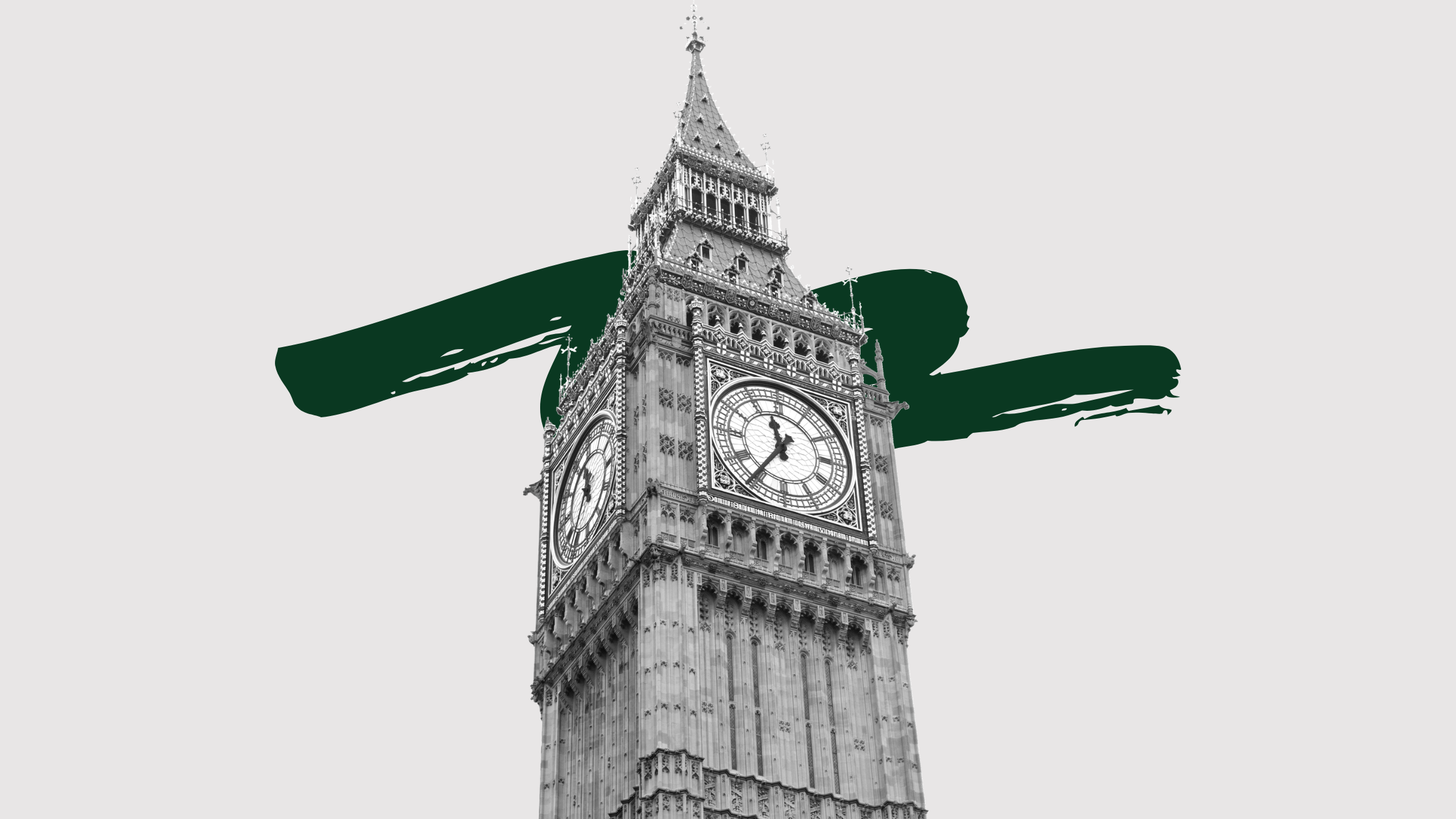
The intensity of the snap election campaign risked masking the significance of what was about to happen. With the...
Read more
As Defence Secretary, Grant Shapps could be expected to know a thing or two about military realities. Perhaps this...
Read more
The Conservatives have unveiled a “Jeremy Corbyn style” manifesto, according to the Labour leader Sir Keir Starmer.
Read more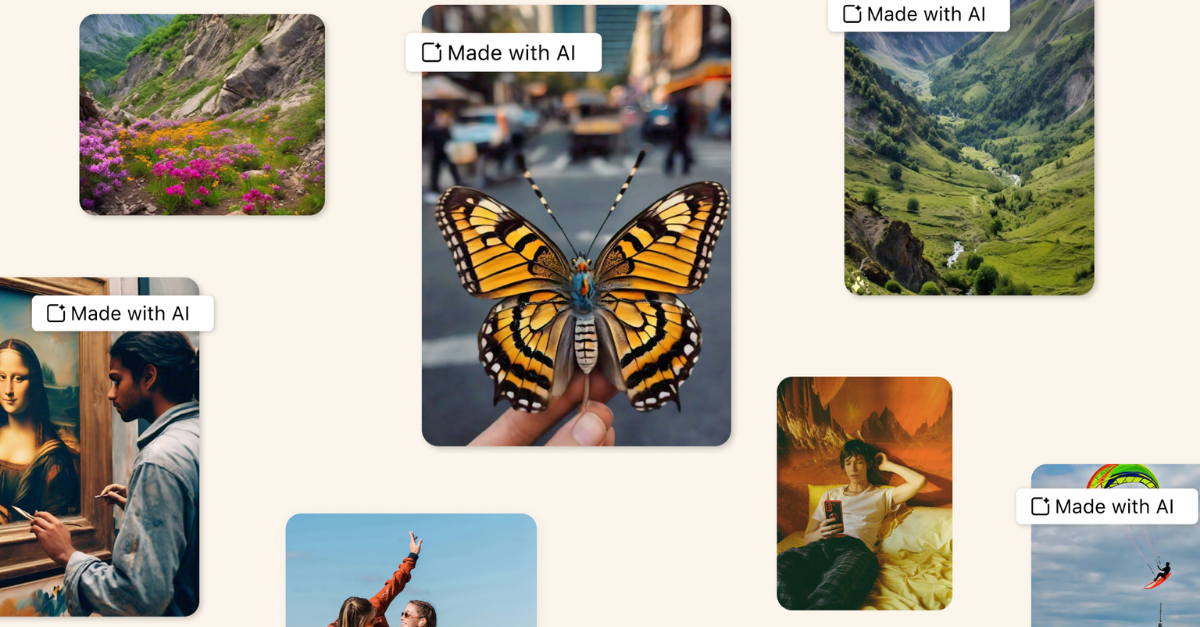
Discover the challenges Meta faces in accurately labelling AI-generated content. Learn about the rise of public scepticism, the role...
Read more
When it comes to crisis communications, every situation is different. There are, however, certain skills and approaches that expert...
Read more
The thing to remember about last night’s TV debate is that the two leaders were pitching squarely at an...
Read more
Recently, Hawthorn Advisors joined a UK trade mission to Riyadh to mark a flourishing relationship. Among the fin tech,...
Read more
For Labour, this election campaign marks the culmination of a process that’s been underway since Keir Starmer became leader;...
Read more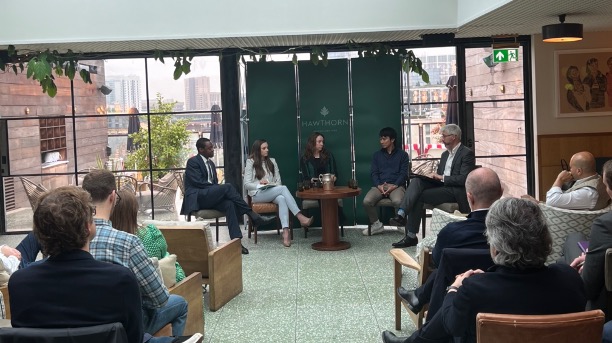
The financial and professional services industry has been using various forms of AI and automation for decades, but just...
Read more
At 5pm on 22nd May 2024, Prime Minister Rishi Sunak announced his intention to call a General Election for...
Read more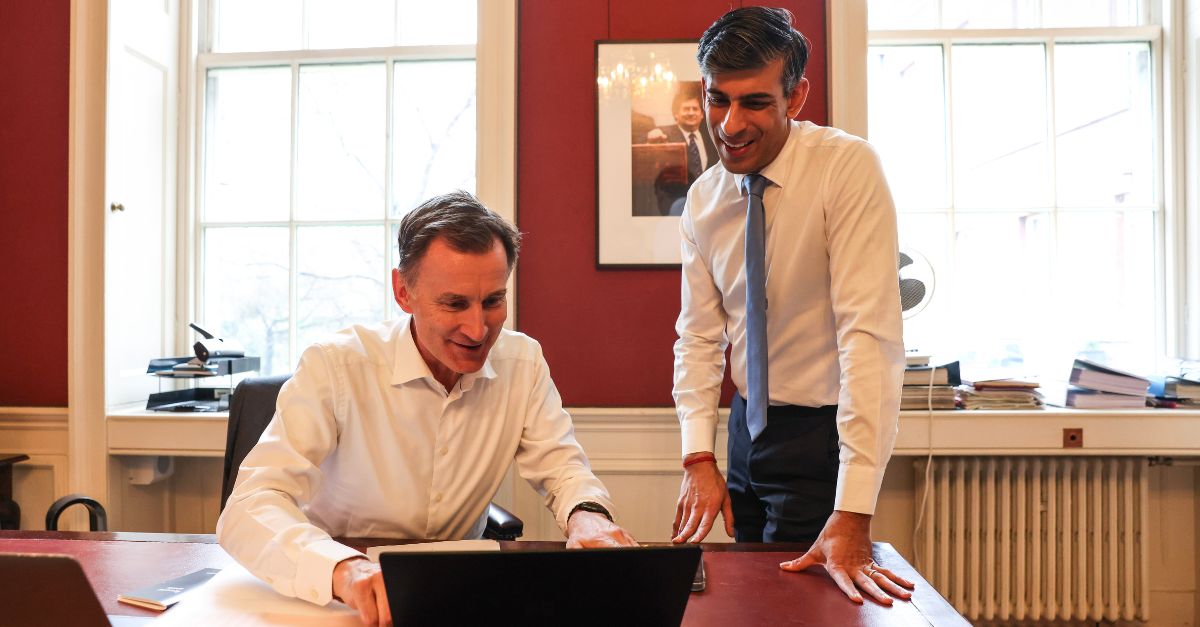
Inflation down (3.2 per cent), wage growth up (6 per cent) and economic growth restored (0.6 per cent GDP...
Read more
You might not plan on staying up through the small hours of Friday morning to watch the local election...
Read more
With tetchy exchanges and party tribalism on full display, the spring budget was an insight into the year to...
Read more
Hawthorn Advisors is pleased to announce the senior appointments of Victoria Wallin and Richard Suchet to support the growth...
Read more
With just over a week until the country votes, it’s worth reflecting on what - if anything - we’ve...
Read more